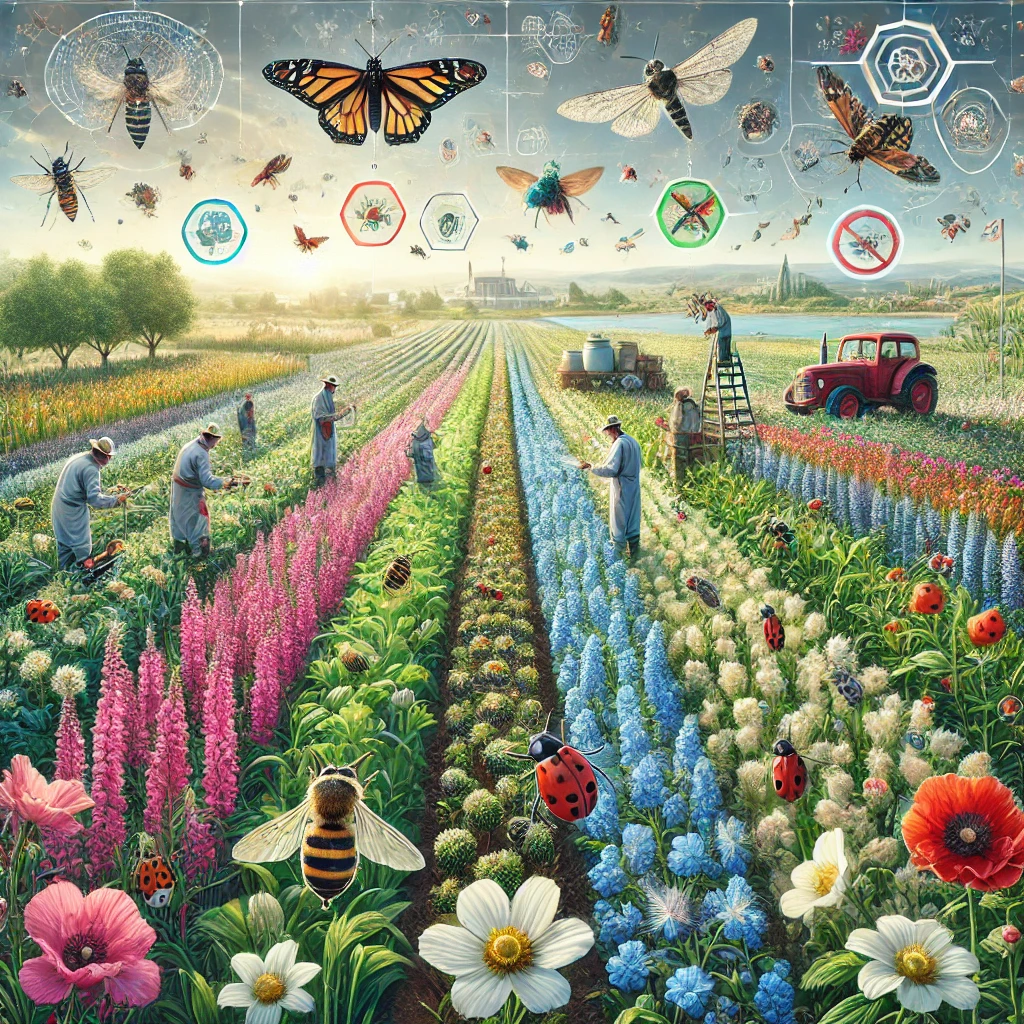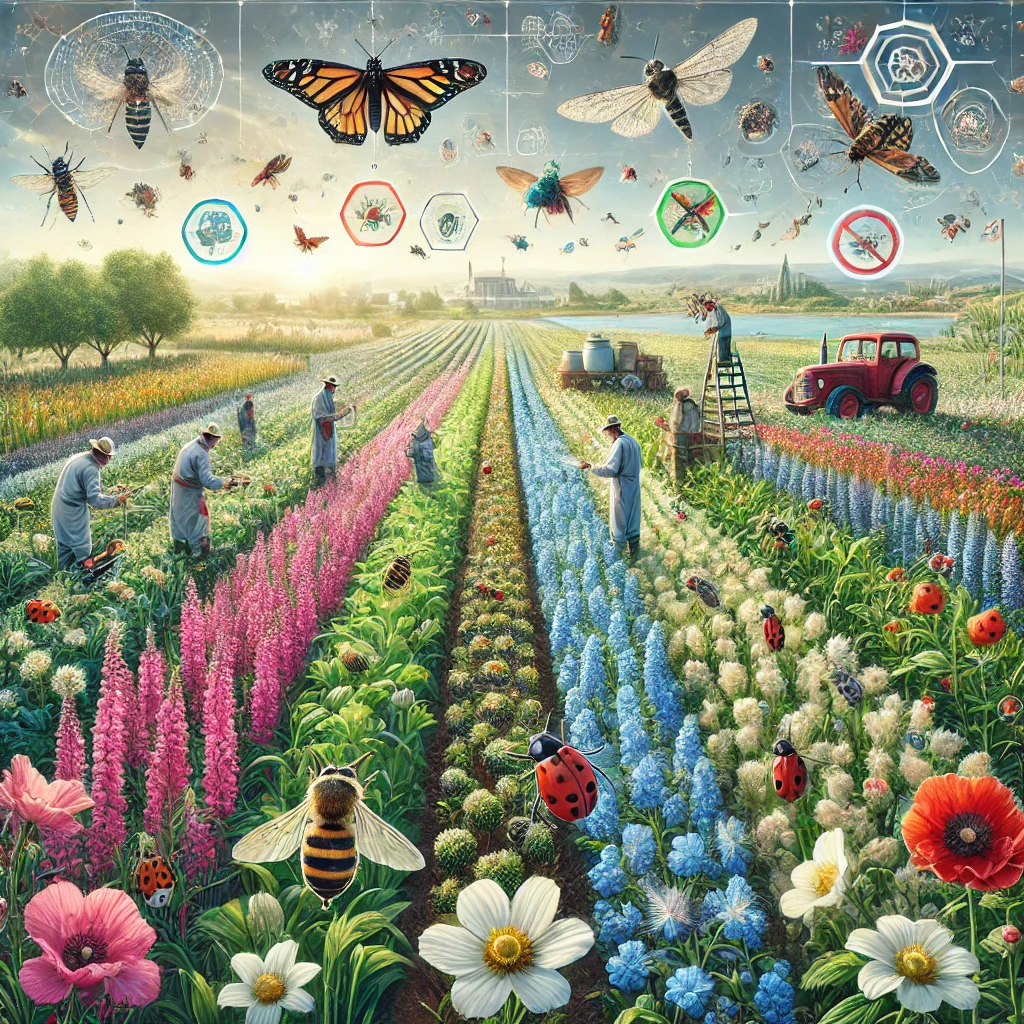
Introduction
Integrated Pest Management (IPM) is a comprehensive approach to pest control that emphasizes the balance between managing pest populations and preserving beneficial organisms, such as insect pollinators. Effective IPM strategies seek to maintain this balance to enhance crop productivity and ecological health. Managing insect pollinators within the context of pest control requires careful planning and consideration to ensure that both pests and beneficial insects are addressed harmoniously.
Importance of Insect Pollinators in Agriculture
Insect pollinators play a crucial role in agriculture by facilitating the reproduction of many crops and wild plants. Bees, butterflies, and other pollinators contribute to the productivity and quality of fruit, vegetables, and nuts. Protecting these beneficial insects is essential for maintaining crop yields and promoting biodiversity. IPM practices must incorporate strategies to safeguard pollinators while managing pest populations effectively.
Challenges in Balancing Pollinators and Pests
Balancing the needs of insect pollinators with pest management efforts presents several challenges. Pesticides and other control measures used to manage pests can inadvertently harm pollinators if not applied carefully. Ensuring that pest control methods are selective and targeted is critical to minimizing negative impacts on beneficial insects. Additionally, understanding the specific needs and behaviors of pollinators can be complex, requiring tailored approaches to avoid disrupting their activities.
IPM Strategies for Managing Pollinators and Pests
Several strategies are employed within IPM to manage the balance between pests and insect pollinators. Integrated pest management includes monitoring and identifying pest populations, using biological control agents, and applying pesticides in a targeted manner. Techniques such as rotating crops, planting cover crops, and creating habitats for beneficial insects can enhance the resilience of pollinators. Additionally, employing pest control methods that are less harmful to non-target species, such as selective insecticides or mechanical controls, helps protect pollinator populations.
Best Practices for Protecting Pollinators
To protect insect pollinators within an IPM framework, several best practices should be followed. Timing of pesticide applications is crucial; applying pesticides during times when pollinators are less active, such as early morning or late evening, reduces exposure. Utilizing pest control methods that have minimal impact on beneficial insects, such as biopesticides or natural predators, can help maintain pollinator health. Additionally, promoting habitat diversity by planting flowering plants and providing nesting sites supports the sustainability of pollinator populations.
Future Directions in IPM for Pollinator Management
The future of IPM in managing insect pollinators and pests will likely involve advancements in technology and greater emphasis on ecological approaches. Research into more selective and environmentally friendly pest control methods, as well as improved monitoring techniques for both pests and pollinators, will enhance IPM practices. Collaborative efforts between researchers, farmers, and conservationists will be essential for developing and implementing strategies that balance pest management with pollinator protection.
Conclusion
Managing insect pollinators and pest balance within an Integrated Pest Management framework is vital for maintaining agricultural productivity and ecological health. By employing targeted pest control methods, protecting beneficial insects, and following best practices, IPM can effectively address pest issues while safeguarding pollinators. Continued advancements in technology and research will support the evolution of IPM strategies to achieve sustainable pest management and preserve pollinator populations.

